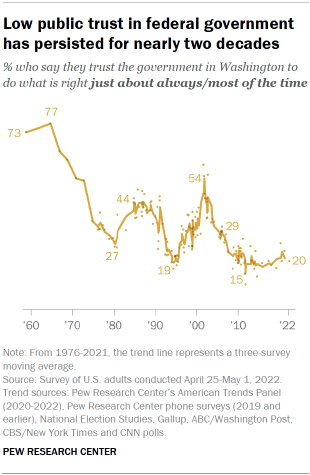Book by Geoff Mulgan: “As the world confronts both the fast catastrophe of Covid and the slow crisis of climate change, we also face a third, less visible emergency: a crisis of imagination. Millions of us can picture the world going awry, yet our confident visions of the future are largely dominated by technology and hardware. Most citizens struggle to envisage how we could live better-improve our democracy, welfare, neighborhoods or education-fueling a pervasive, pessimistic resignation.
This book argues that, although the threats are real, our fatalism has overshot. Achieving a better future depends on creative imagination: the ability to see where we might want to go, and how we might want to get there. Political veteran Geoff Mulgan offers the lessons we can learn from the past and the methods we can use now to open up our thinking about the future; to discover how to look at things not only in terms of what they are, but also what they could be.
Drawing on social sciences, the arts, philosophy and history, Mulgan shows how we can recharge our collective imagination. At a time when the public wants to see transformational social change, he provides a roadmap for the future…(More)”.

